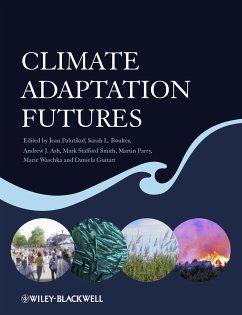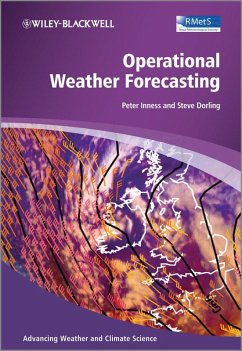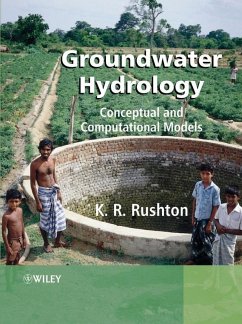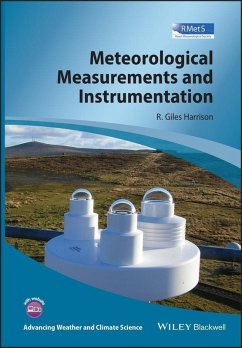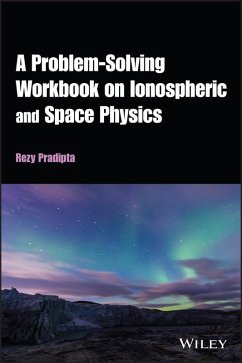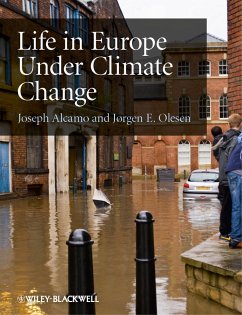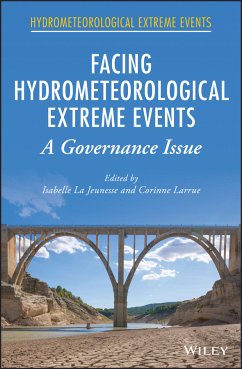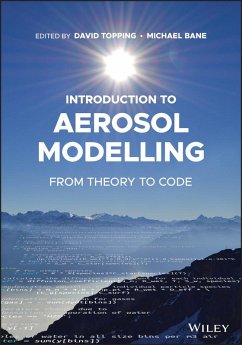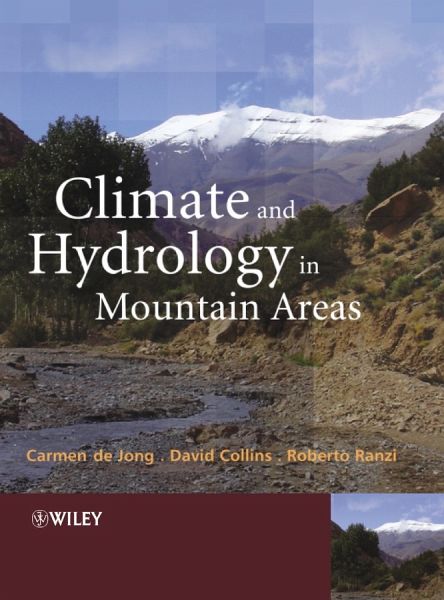
Climate and Hydrology of Mountain Areas (eBook, PDF)
Versandkostenfrei!
Sofort per Download lieferbar
198,99 €
inkl. MwSt.
Weitere Ausgaben:

PAYBACK Punkte
0 °P sammeln!
A comprehensive overview of interaction of the major hydrological and meteorological processes in mountain areas ie Cryosphere and Climatic Change, Snow Melt and Soil Water, Run-off and Floods, Water fluxes and Water Balance, Hydro-meteorological Coupling and Modelling. Each section will review recent research in the field and illustrate key interactions with case studies from mountainous regions in Europe, The Americas and Central Asia.
Dieser Download kann aus rechtlichen Gründen nur mit Rechnungsadresse in D ausgeliefert werden.



